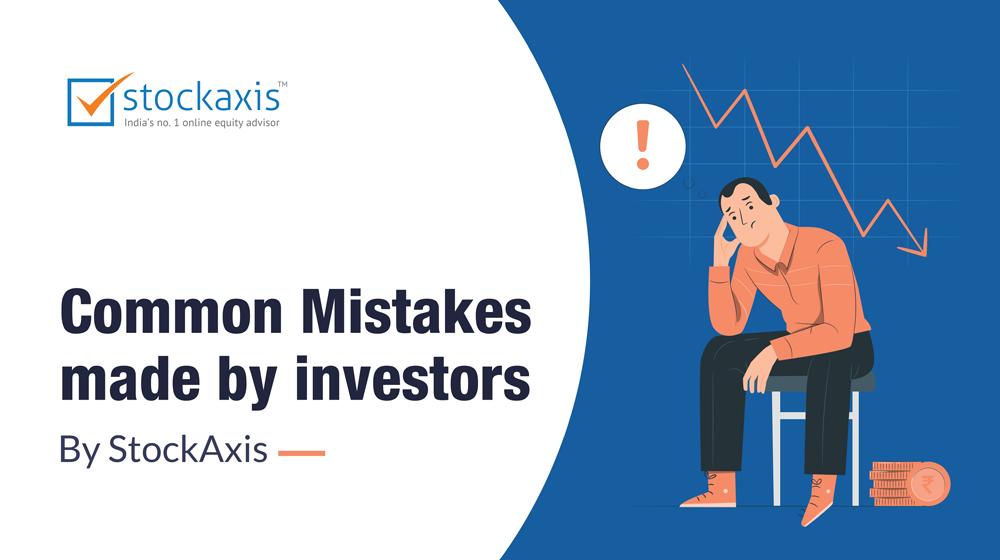Avoid ‘Bargain’ or
‘Cheap’ stocks
6.1 - New Price Highs Mean New Opportunities
Many investors have missed the opportunity to invest in great stocks only because they had reached new price highs. Unfortunately, most investors believe that the stock, after having touched its new high, has become expensive, and the only way forward, is down. These investors are then disappointed when they see these stocks touching new highs going forward. The truth is, when a stock touches a new high, it usually is the time when the stock begins its major climb.
6.2 - Buy High, Sell Higher
Research shows that the best-performing stocks make new highs before they make their major leaps in price.
How many times have you heard the phrase, "Buy low, sell high"? This is the conventional wisdom in the investment world; however, research shows that the best-performing stocks make new highs before they make their major leaps in price. Moreover, stocks at new highs tend to continue moving higher, while stocks making new lows tend to continue to move even lower.
Stocks that seem too ‘expensive’ and risky to most investors are likely to continue rising. And those that seem ‘cheap’ usually go down.
This is a concept many investors find difficult to accept. They assume it's too late to buy a stock that's reached an all-time high. But the great paradox of the stock market is "Stocks that seem too ‘expensive’ and risky to most investors are likely to continue rising. And those that seem ‘cheap’ usually go down."
6.3 - Price rise implies greater demand
Why does a stock’s price rise? It indicates greater demand for that stock as investors (primarily institutional investors) raise their expectations about the company’s growth prospects. On the other hand, stocks whose prices reach new lows usually indicate poor business prospects, which, in turn, results in lower demand from investors for that stock.
6.4 - Investor Interest is Important
Some stocks may have very strong fundamentals or great stories, yet they don't go up because there's little investor interest. So while you wait for a stock to be ‘discovered’ -- if it ever does -- other stocks are moving into the spotlight.
6.5 - Often, the Best is yet to Come
Would you shy away from stocks that more than doubled within the past year? Consider taking a look at what happened with the greatest stocks of every bull market. They looked overpriced and risky to buy just before their biggest move up.
In a good market, opportunities such as these, which start with new price highs, will surface every two or three weeks. In fact, if you ignore this simple rule, you would miss out on just about every major winning stock.
As a rule, don't buy any stock that has risen more than 5% past its buy point.
However, there can be such a thing as an "over-priced" stock: one that truly has gone up too much, too fast and is likely headed down. As a rule, don't buy any stock that has risen more than 5% past its buy point. The buy point is explained in the lesson on charts.
6.6 - Overhead Obstacles
One reason new highs represent better opportunities is because of something market pros call overhead supply. Suppose a stock that once traded at Rs.50 falls to Rs.25. If it starts making its way back up, investors who bought near Rs.50 start hoping the stock gets back to the old high so they can sell and break even. This presents selling pressure near the Rs.50 mark. But once it clears that Rs.50 hurdle, the stock is no longer burdened by disappointed investors looking to wipe out their losses.
6.7 - Avoid Cheap Stocks
Perhaps you're one of those investors who think they'll hit the jackpot buying a low-priced stock that goes on to make huge gains. Some investors equate cheap stocks with better value or low risk. If a stock is cheaply priced, then you can't lose a whole lot, right? Wrong. The truth is that trying to consistently make money with cheap stocks is difficult, at best. Stocks are cheap for a reason. Think of a stock's price as a measure of its quality and, consequently, its potential. Stocks selling cheap have a much smaller chance of making major advances, because they're usually companies lacking good performance records. Also, professional investors shun low-priced stocks because they tend to be lightly traded, making it harder to move in and out of such stocks.
So, you can see what research bears out: it's best to look for new highs in quality stocks. It's especially good when the stock is coming out of a base. But don't wait too long: As soon as you spot a buy point -- and if all other factors are in place, such as good earnings growth - it's time to have confidence and conviction and make your move. Otherwise, you may miss your opportunity.
6.8 - Avoiding Pitfalls
Like you've seen in earlier chapters, you don't want to buy a stock on any single factor. Where a stock is in relation to its 52-week high and low price, is just one part of your stock-selection checklist. Other important ingredients are the Earnings per Share (EPS), the Relative Price Strength (RS), the Industry Group Relative Strength, and so on. These concepts are explained in the lessons on earnings, leaders and industry groups.
Also, be careful with stocks that make new highs on lower trading volumes. This could be a sign of a stock topping (reaching its peak), especially in cases when a stock has gone up at least 50% in a few weeks after an extended advance. When a stock goes up on low volume, it's a gain produced by relatively small purchases. It's much safer to go with a stock that makes a new price high on higher volumes, which indicates broader support for the stock.









